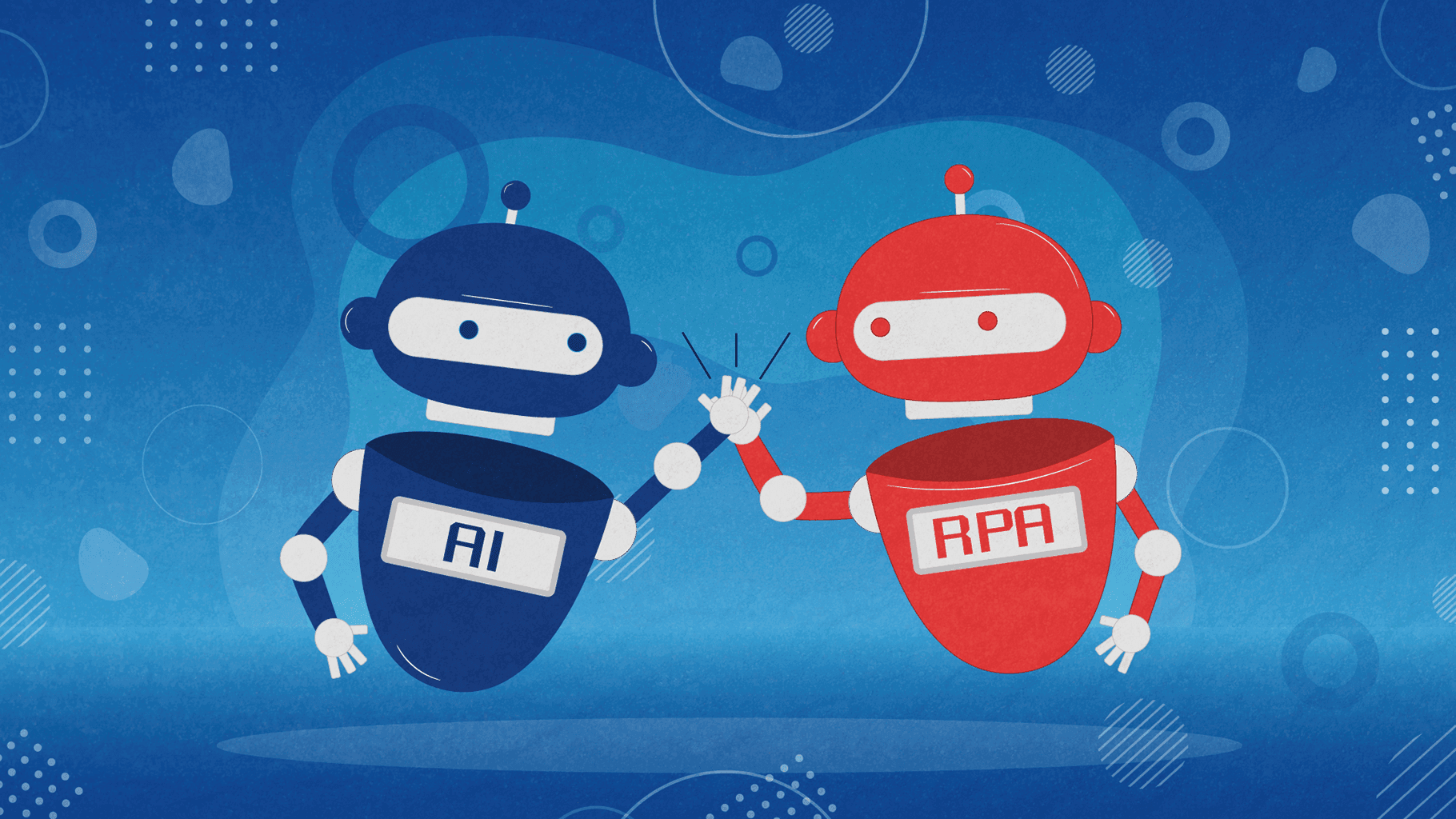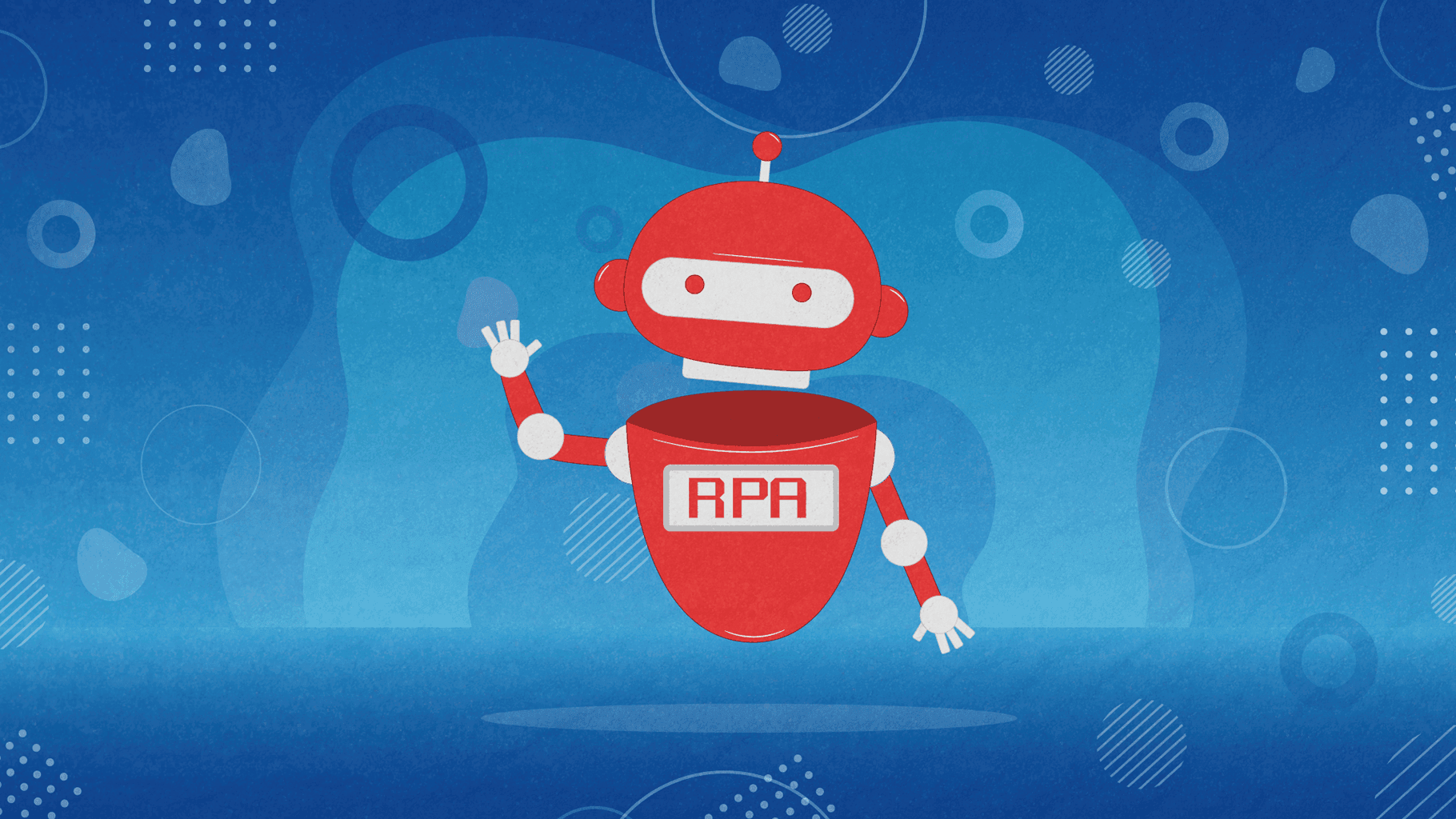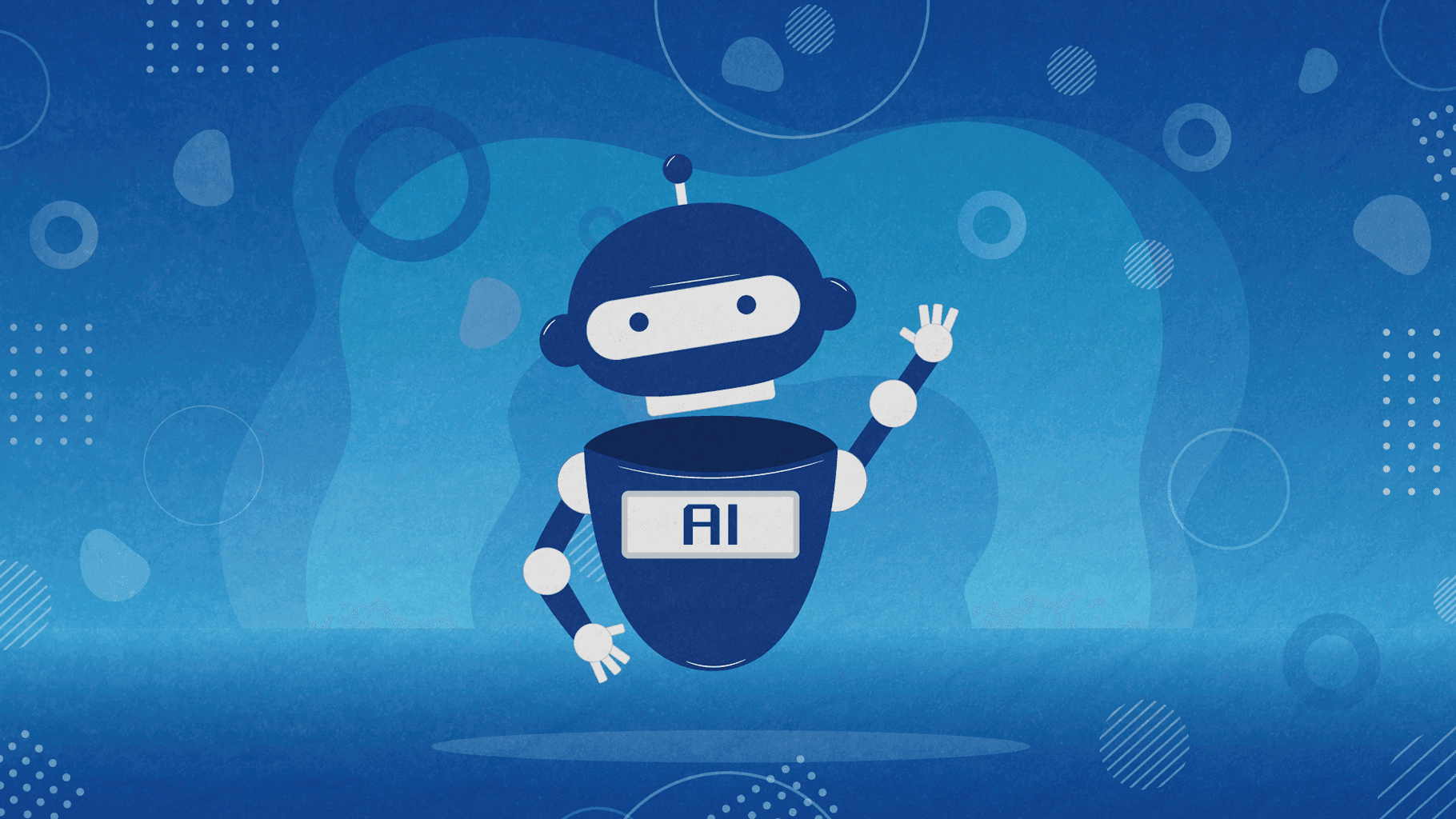RPA vs AI: How these Solutions Differ and Complement One Another

RPA and AI are currently the two of the most successful technologies for helping organizations optimize their processes for the “new normal”. Both of these concepts have proven themselves effective in cutting unnecessary costs from the equation, increasing customer satisfaction, and boosting employee happiness across the board.
As you probably remember if you’ve been reading our blog, we at Share It think RPA is an amazing solution for enabling smoother digital transformation for businesses of all shapes and sizes. Over the last 30 days, we deeply explored the topic of RPA on our blog and explained its core values and real-life impact to businesses looking to quickly adapt to the digital-first world.
The people behind Grand View Research have conducted a study about the state of the global RPA market and have found out that this industry is yet to hit its peak. According to the Grand View Research team’s predictions, the global RPA market is going to be valued at $25.5 billion by the year 2027.
Yes, AI is currently a more lucrative industry (the same linked report sees AI hitting $390.9 billion by 2025), but that doesn’t necessarily mean that AI is always a better solution than RPA.
In fact, both RPA and AI can play a significant role in augmenting operational efficiency and transforming how your business functions. The only real trick here is to understand how both of these concepts compare to one another, how they differ and complement each other's strengths.
So, without further ado, let’s take a closer look at what RPA and AI have to offer, and how these complementary technologies are best deployed.
What is RPA?

We have already covered this on the blog, but in case you missed the piece where we explained the ABCs of RPA, we’re going to give you a TL;DR version to quickly bring you up to speed:
Robotic process automation or RPA is a piece of tech that enables seamless building, deploying, and managing of software robots that emulate human actions interacting with digital systems and software.
In layman’s terms, these robots have the ability to communicate with tools and systems in the same way people do. They are able to understand what’s on a screen, complete the correct keystrokes, navigate systems, identify and extract data, and perform a wide range of defined actions.
Because of these specific abilities, RPA bots have become extremely valuable to C-level business people who are tasked with eliminating tedious day-to-day work from their team’s plate.
In a nutshell, RPA bots are helping businesses stimulate higher productivity and engagement, optimize costs, and foster faster and safer information flow.
What is AI?

AI, or Artificial Intelligence, is a data-driven and outcome-focused technological solution that simulates human intelligence.
It derives cognitive decisions based on the inputs given to it.
How does AI work? The AI algorithm collects large volumes of scattered information and sorts it out based on your designated patterns. With its intelligent capabilities, AI can enhance any form of automation and can carry out decision-driven, and complicated tasks as well.
AI has many wonderful use cases. Some of the popular ones are speech recognition, image recognition, chatbots, natural language generation, and customer sentiment analysis.
Core Differences Between RPA and AI
If you read the definitions carefully, you have probably noticed a core difference in how these solutions operate. RPA is a process-centric solution, while AI is data-driven.
In layman terms, this means that RPA is used for concrete, rule-based tasks (like sending invoices to the customer), while AI operates on analytics, which means that it needs intelligent algorithms, computational intelligence, and statistical inputs to conduct operations (that are often far more complex than what you do with an RPA bot).
So, When to Opt for RPA and When to Opt for AI?
RPA is a great solution for optimizing tedious workflows. Anything beyond that usually requires a different solution. In more dynamic work environments, RPA will need support to manage complicated issues. That type of support usually comes in the form of AI.
Companies that have combined RPA and AI have seen success with tackling high-volume data-focused tasks that eat a lot of time to complete.
If leveraged intelligently, RPA and AI can substitute human interventions to perfection.
Managing bots and streamlining unstructured data doesn’t have to be a dreadful task for your team if you figure out how to make the best use out of the two above-mentioned solutions.
As you probably remember if you read our previous RPA-focused articles, this piece of tech is best utilized for end-to-end rule-based processes like data entry, billing, order management, HR onboarding.
To validate if a specific process is eligible for an RPA “makeover”, you have to first break it down and single out all the actions that you’re trying to fix/optimize.
After that, your next step is to verify that all basic features work in your environment and think about the features you’ll need to make this run. Once you do that, differentiate the features so you can justify each one’s existence and start building scripts.
Sounds super simple and it usually is for easy, mundane tasks. However, if you’re trying to automate something more complex, then you have to apply a different method to see if a specific scenario is a good fit for an AI-based solution.
If you’re considering leveraging the power of AI to optimize a particular workflow, you first need to figure out if the outcome you’re looking to achieve can or cannot be forecasted instantly. Things like predicting the exact number of support tickets that will be raised by the customers and product defaults, etc. are usually processes that are highly variable and do not rely on a clear-cut set of rules. This, of course, makes them a great candidate for an “AI makeover”.
Closing Words
AI utilizes the power of machine learning and deploys it to automate/optimize processes. In this realm, both of these solutions bring functionalities needed to achieve operational excellence, which is what we all strive for.
There is no clear “better” option between these two solutions because they cover different things and support businesses in ways that handle the jobs that need to be done in a clear and painless way, while also learning from the data and making the end-to-end information flow smoother than ever before.
If you’re interested in learning how both RPA and AI can optimize your core processes and help you achieve higher operational efficiency, feel free to reach out to us here and we can schedule a call to discuss how we can help you meet your business goals by leveraging the power of these two technologies.